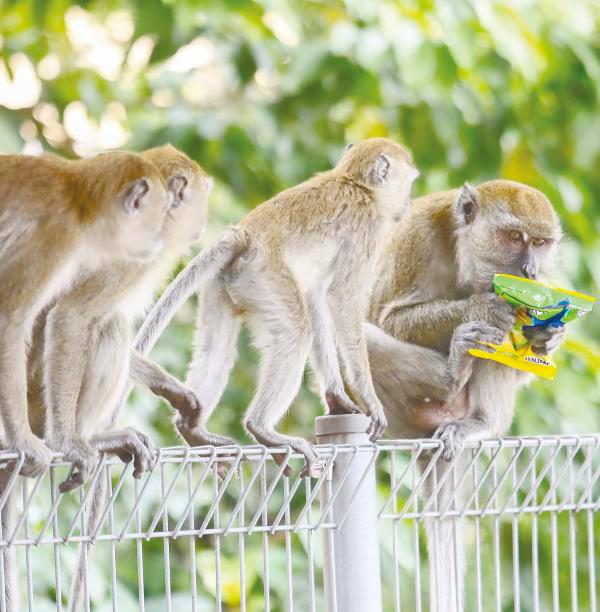PETALING JAYA: An entomologist has warned the public to use registered pesticides approved by the Pesticide Board of Malaysia for safety when using poison to control wild animals.
Universiti Teknologi Mara Faculty of Plantation and Agrotechnology agriculture entomologist Assoc Prof Dr Siti Noor Hajjar Md Latip was commenting on the July 7 incident where Muhammad Akil Syauqi, three, and his brother, Muhammad Luth Syauqi, two, fell critically ill after allegedly consuming a snack left by a farmer.
The snack was believed to contain rat poison and was placed on a steel fence built to ward off wild animals threatening his crops in Kampung Padang Ubi, Labu Besar, Kedah.
Their mother, 25, rushed the children to the Penang General Hospital after finding them vomiting and foaming at the mouth. However, Muhammad Akil died on July 10, after being warded in critical condition, while Muhammad Luth passed away two days later.
Siti Noor Hajjar said poison bait should be placed within a secure cage, similar to a mouse cage, which will close once the animal takes the bait.
“The cages and poisoned bait should be placed away from residential or recreational areas to minimise the risk of accidental ingestion by humans and pets. Wild animals typically avoid areas that are too close to human habitation, so placing the bait in more remote locations is essential.”
She said it is usually uncommon to use poisoned snacks to control wild animals such as monkeys as the standard practice always involves trapping them in cages.
Although there are no specific regulations or guidelines for placing poison-laced bait near residential areas, they should be used in higher places and located away from these places.
“To prevent children and pets from accessing poisoned bait, it should be placed in elevated positions, such as on the highest fences, well out of reach. Utilising cages to contain bait provides an extra layer of safety and ensures only targeted wild animals can access it,” she said.
Siti Noor Hajjar said an effective strategy to manage wild animals near residential areas is to use natural barriers and deterrents such as planting buffer crops like ladyfingers, chillies, or marigold flowers around farms or gardens. By combining such strategies, communities can effectively manage wild animals near residential and recreational areas while promoting coexistence and safety for humans and wildlife.
Universiti Kebangsaan Malaysia Centre for Research in Psychology and Human Well-being senior lecturer Dr Salina Nen said children can be poisoned in many settings but there is a higher tendency for this to happen at home or any other place where children live.
“It’s important to teach them that they need to inform an adult about anything they don’t recognise. Adults should explain potential dangers in simple terms to children such as, ‘this is not a toy. Don’t put this in your mouth, it will make you sick’.
“Children should also learn to recognise and understand warning symbols on bottles and containers. Teach them what symbols like ‘do not open,’ ‘do not inhale,’ and ‘do not drink’ mean, and explain that these warnings indicate that the contents can make them very sick.”
Salina said when living near a garden or planting area that uses insecticides or pesticides, it is important to teach children to recognise such substances so they do not mistakenly believe they are safe to touch or eat.
She added it will also be helpful if neighbours who set traps or use insecticides inform nearby residents so that parents would be extra cautious and ensure their children avoid such areas.
“The death of the two boys is regrettable, and nobody wants to see it happen again. Society must take lessons from the tragedy to avoid such occurrences in the future,” she said.









